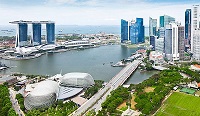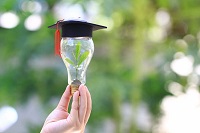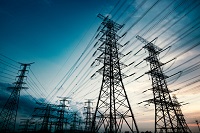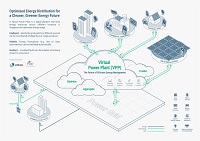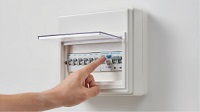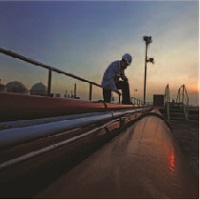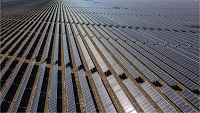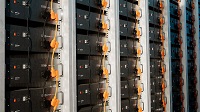Investing in emerging low-carbon energy technologies will allow us to gain a first-mover advantage when they eventually become commercially viable.
Overview
Technologies such as hydrogen and geothermal energy can potentially help us further reduce our carbon emissions. We are currently exploring these technologies to ensure we are ready to harness them if they become technically and commercially viable in the future.
Under the multi-agency Low-Carbon Energy Research Funding Initiative (LCER FI), the Singapore government has awarded 12 research, development and demonstration projects on low-carbon energy technology solutions. The initiative is co-driven by EDB and EMA while A*STAR is the implementing agency. By connecting to regional power grids, we are able to access low-carbon electricity that would otherwise be hard to get. It also speeds up the development of renewable energy in the region, fostering more stable and resilient energy systems for the countries involved.
Hydrogen
Hydrogen is a key potential decarbonisation pathway for Singapore to achieve its net-zero emissions target by 2050.
It offers opportunities for us to diversify our fuel mix in areas like power generation and transport. If produced from renewable energy sources, it could also help to decarbonise power generation and other emissions-heavy sectors.
Although the hydrogen industry is still developing and lacks an established global supply chain, there is strong international interest from public and private sectors in accelerating its development across the entire value chain.
In Singapore, there has been strong interest following EMA and MPA's joint call for an Expression of Interest to develop low- or zero-carbon ammonia power generation and bunkering solutions in Jurong Island. Both agencies have appointed the consortium led by Keppel Ltd to conduct the next phase of the project. If successful, the Project will position Singapore as one of the first countries in the world to deploy a direct ammonia combustion power plant and support the development of ammonia bunkering for international shipping.
Geothermal
Traditional geothermal technologies require hot permeable reservoirs located relatively close to the surface. However, progress in technologies such as the Advanced Geothermal Systems has opened up the possibility of quality geothermal resources at greater depths.
To assess the geothermal energy potential across Singapore, EMA issued a Request for Information to conduct a geophysical investigation project, where we will better understand how much geothermal energy we can harness.
Nuclear
While Singapore has not made a decision on whether to deploy nuclear energy to meet the country’s growing energy needs, we are building capabilities that will allow us to assess the potential deployment of nuclear energy in Singapore in the longer term.
This includes leveraging the expertise of global leaders in nuclear science and safety, tapping on consultancy studies to assess the viability of advanced nuclear technologies for Singapore.
Singapore has also inked agreements with countries like the United States, France, United Arab Emirates and Sweden to build capabilities to assess the viability of nuclear energy in Singapore.
Read more about Singapore’s nuclear energy capability building journey here.
Carbon Capture and Storage
We are also exploring other energy technologies such as Carbon Capture and Storage (CCS) for the power sector. It involves capturing the carbon dioxide produced from pre-combustion and post-combustion of natural gas, and storing them in underground carbon dioxide storage sites.
If proven feasible, CCS will allow the power sector to continue using our existing natural gas infrastructure while achieving our decarbonisation goals.
To deepen our understanding of the different pathways of deploying CCS in the power sector, EMA has selected three power generation companies – Keppel's Infrastructure Division, PacificLight Power and YTL PowerSeraya – to conduct carbon capture and storage (CCS) feasibility studies for the power sector. This follows a grant call to select participants to co-fund and conduct site-specific feasibility studies on both pre-combustion and post-combustion carbon capture pathways.
A cross-border CCS project is also being developed on Jurong Island to aggregate the carbon dioxide produced from industrial processes for export and storage overseas, with a target operational date of 2030. If proven feasible, power sector CCS pathways could potentially leverage future phases of the Jurong Island CCS project.
